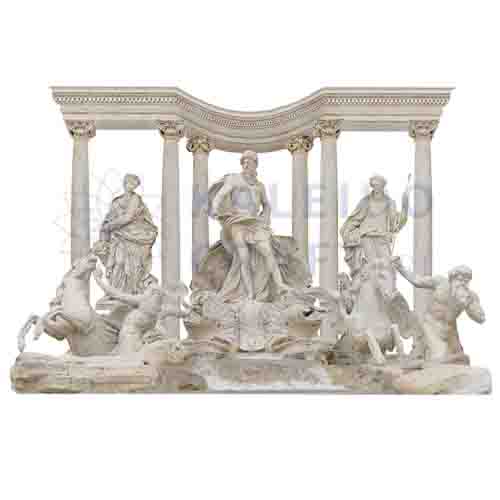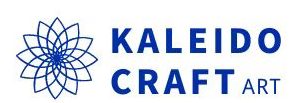
Stone sculpture has a very long history, and the production process of stone sculpture is constantly updated and progressed with the development of science and technology and the times. At present, the main stone carving materials in the sculpture industry are marble, granite, jade, bluestone, black stone and other stone materials.
In recent years, with the continuous improvement of people’s material and cultural living standards and the continuous change of aesthetic viewpoints, the application scope of stone carving products is also expanding. It has a large number and a wide variety of categories, and it is the largest variety of natural stone products, and it is also a major category of special-shaped stone products.
The Steps of Stone Sculpture are As Follows:
Step 1: Sculpture design. Simply put, professional sculpture companies are very aware of the advantages and disadvantages of stone sculpture, avoid the shortcomings of stone sculpture, and better combine sculpture design with stone sculpture material.
Step 2: Make the sculpture mud draft. Most of the sculptures require a clay prototype in the early stage. According to the needs of users, different levels of sculpture personnel can be selected. If the user’s requirements are very high, kaleidocraft can be selected.
Why do you need a clay sculpture link? The clay sculpture link can be improved at any time according to the requirements, until the highest standard is reached, and the next step can be entered.
The clay sculpture link is divided into small draft and enlargement stage. First, a small clay sculpture is created, and after meeting the requirements, it enters the clay draft enlargement stage.
Step 3: Mold selection. Different from other sculpture production processes, stone sculpture does not require FRP sculpture reproduction steps. Because stone sculpture is a subtraction process, and the entire stone is carved into a target shape. So after the sculpture mud draft is completed, the mud draft can be scanned in 3D, and the sculpture data can be passed in. The computer can be enlarged or reduced at any time according to the needs in the future.
Step 4: Select the corresponding stone according to user needs, environmental comparison and other factors.
- According to the size of the glass fiber reinforced plastic or gypsum block model after the final version of the slate, the number and processing size of the stone are marked on the side of the stone. And they are arranged in sequence according to the requirements for processing.
- If it is a stone relief, the sculptor should personally instruct the workers to use the point and line instrument to process in blocks according to the original large model, and the level and details of the relief must be carved in place. The sculptor also has to do it himself, focusing on key details such as the face and hands of the characters to ensure the artistic high quality and high standard of the sculpture. After the block processing is completed, the relief must first be tested and assembled, which can be adjusted at any time.
- According to the design intent, clarify the pattern structure, the ins and outs, finely crafted and finely polished, so as to be smooth and natural. With layered changes, and truly reflect the originality. This step requires the designer to come to the site for adjustment and guidance at any time. After the large-scale production is completed, it is necessary to repeatedly adjust, modify and polish. For the places that need to be polished, various types of polishing sheets should be used for multiple polishing. Make the texture effect required by the design.
- If you use natural stone for solid engraving, you can use artificial engraving or stone engraving machine to enlarge the small draft and compare it for engraving. After the large-scale production is completed, it is necessary to repeatedly adjust, modify and polish, and use various models for the places that need to be polished. The polishing sheet should be polished several times, and the textured place should have the texture effect required by the design.
For many types of stone carvings, there is currently no unified national standard, and it is difficult to accurately classify them. According to the development in recent years, combined with traditional habits, stone carving products can be classified according to the following four methods.
The technical requirements and difficulty of its processing are much higher than other types of stone products, and it is the perfect combination and embodiment of artistic thinking creation. At present, there are more than 100 kinds of stone carvings processed in batches, ranging from integral or combined giant carvings that need to be installed with lifting equipment, to unfortunate ones that can be placed in the palm of the hand, floated on the water, hung on the neck or worn on the wrist.
